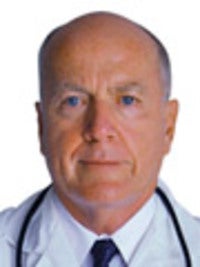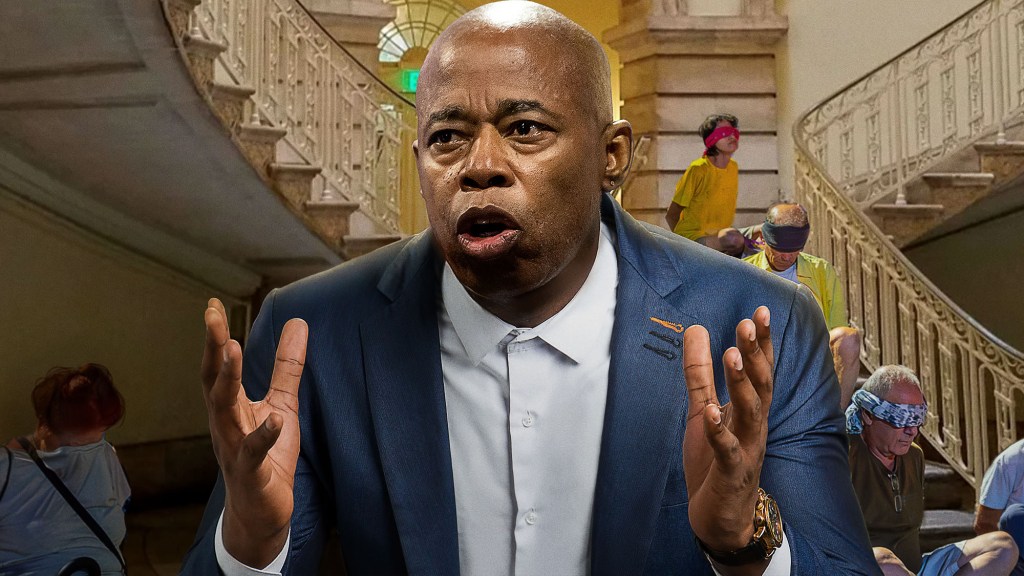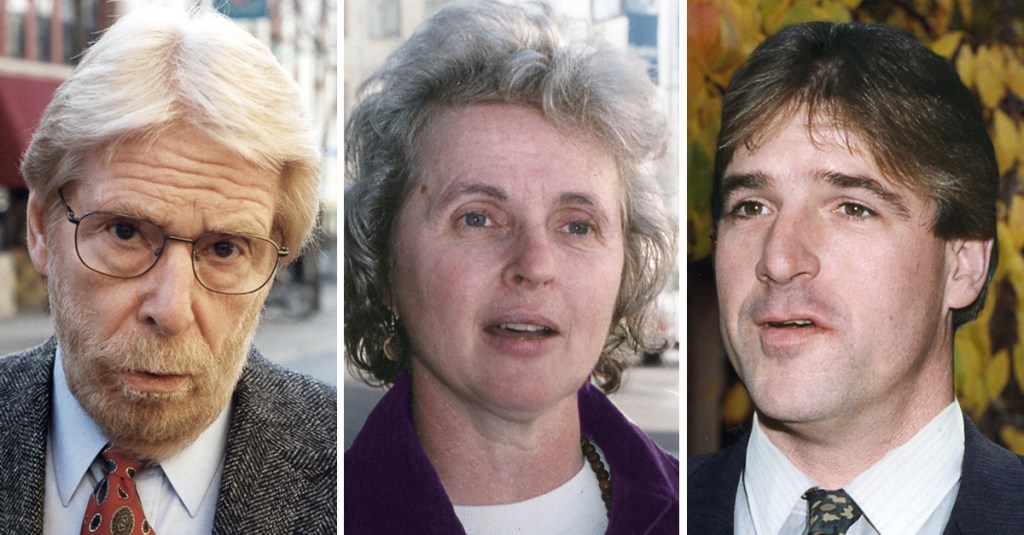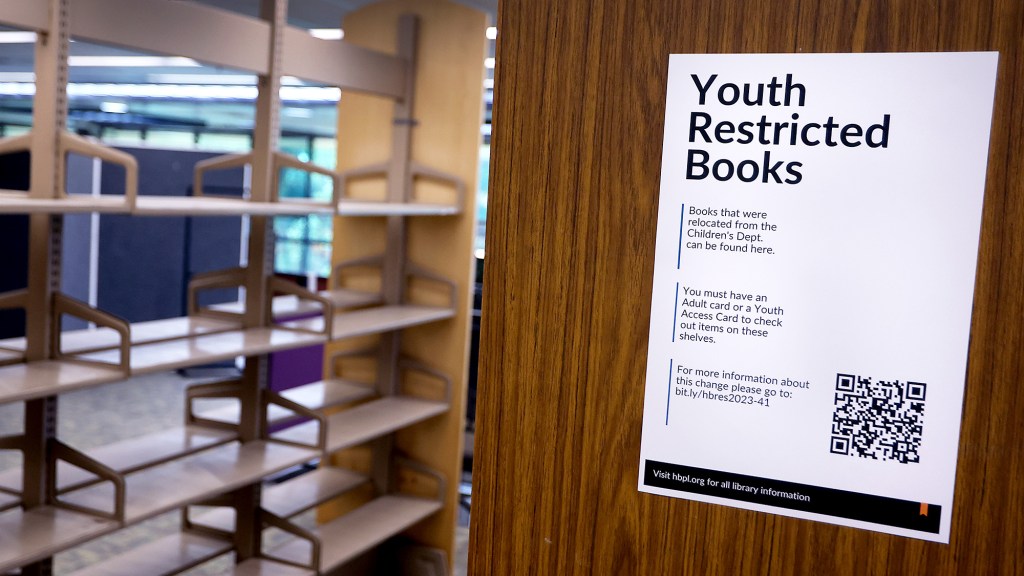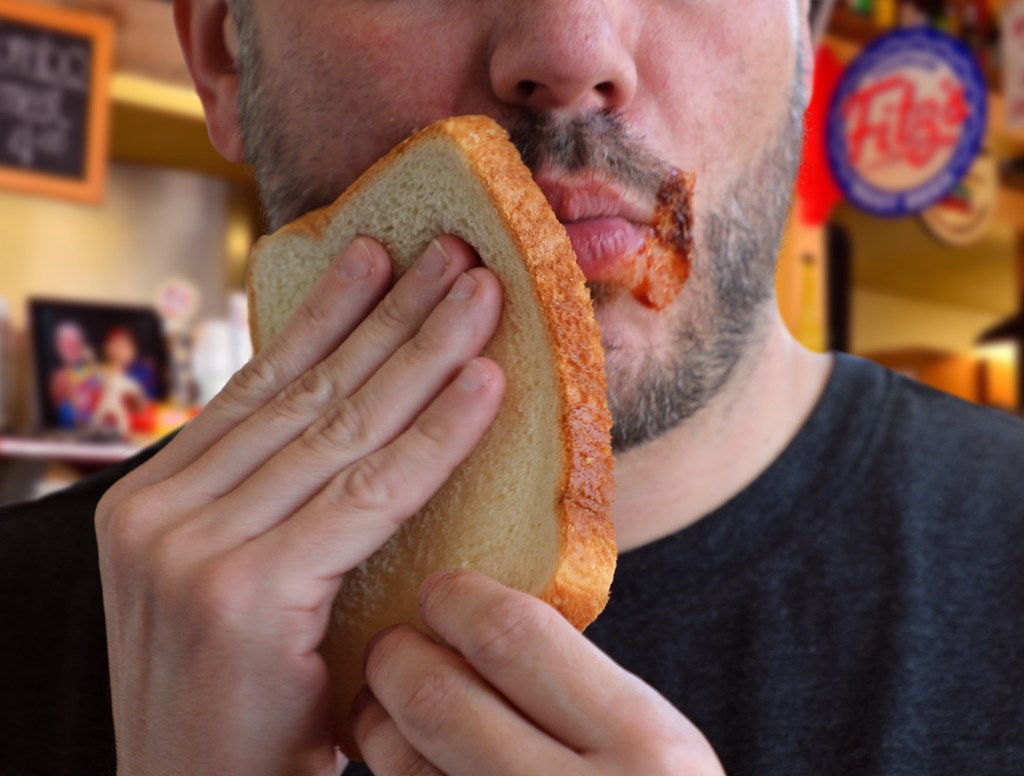I’m not going to lie: I was getting bored. Somewhere along the way, I’d lost my passion for geriatric podiatry, the one thing I thought would always matter to me. As a young doctor, my heart would race as I thought of the joys that awaited me within Mr. Berkowitz’s tasseled loafers, or the wonders to be revealed as Mrs. Deacon slipped off her orthopedic shoes. But after 30 years and 14,000 feet, I was going through the motions. Sure, I could drain an infected ingrown toenail as skillfully as ever, but it was work and nothing more.
That was then. As of my 10:30 appointment yesterday, I am reborn.
I wasn’t expecting much from Mr. Marinucci. He told me he had some slight swelling in his feet, and while peripheral edema was nothing new to me, it had lost all its charm. As I helped him onto the examination table, I was already looking ahead to the moment I prescribed him some diuretics and sent him on his way. But as soon as he took off his socks, I knew I was in the presence of something rare and wonderful.
Just like that, I was fresh out of podiatry school again, thrilling to the feel of elderly chapped skin, savoring the faint crackle it made as I pressed against it with my thumbs. Every tiny fissure was a testament to this man’s 89 years of footsteps. And there, in front of the ankle—those veins! Perhaps the most magnificent varicose bundle I had ever witnessed in three decades of medical practice. Only a person this old, this well-lived, could offer such gnarled splendor.
The stories those veins could tell if given the chance…
Mr. Marinucci’s swelling was, well, magnificent. I’ve seen plenty of fluid buildup over the years, but this was perfect, resisting my probing finger neither too much nor too little. But there was more, like the corns on the outside of his big toes. People of all ages get them, of course, but there’s a profound difference between the ones some 23-year-old gets from playing basketball in sneakers that are too tight and the ones a man like Mr. Marinucci earns over a long lifetime of overpronation. His corns, like his flattened arches and the worn padding on his heels, whispered the wisdom of a million footsteps.
And I was learning to listen all over again.
I suddenly realized how blessed I was to be looking at feet like this and how foolish my colleagues were for bragging about the young and shapely extremities they saw in their offices. Let them keep their pretty, pedicured specimens; I will choose the feet of our most aged men and women, and I will cherish the lessons their feet have to impart. Any podiatrist who cannot appreciate Mr. Marinucci’s flawlessly symmetrical bunions isn’t worthy of the profession.
Of course, I could work another 30 years and probably never see feet like Mr. Marinucci’s again. That perfect mix of advanced age, biological predisposition, and neglect only comes around once in a career. But that hardly matters, because the world is full of wonder: Mrs. Hutchinson may not have a metatarsal deformity, but I can delight in skin as delicate as rice paper; Mr. Drake might not have a plantar wart, but there—in the nook between his third and fourth toe—fungus! Every senior citizen has feet with something to offer. I’m ashamed I ever forgot that.
Anyway, my two o’clock just arrived. I’m not sure what brought her here today. All I know is that she’s old and so are her feet. And from now on, that’s good enough for me.


